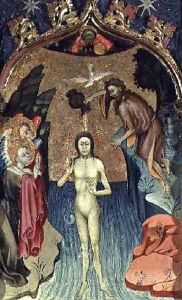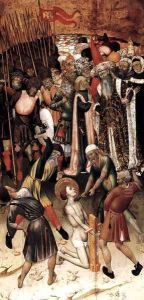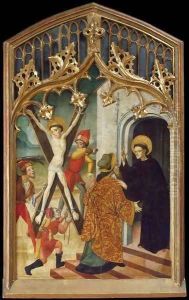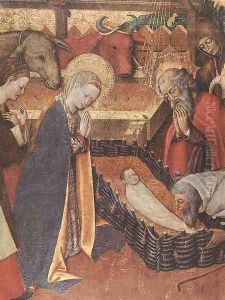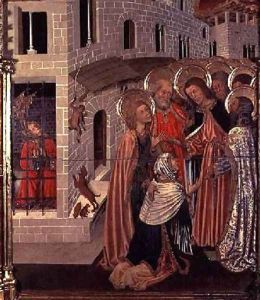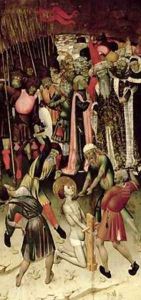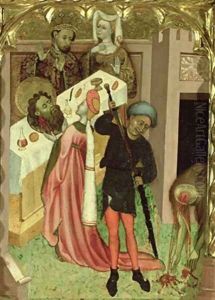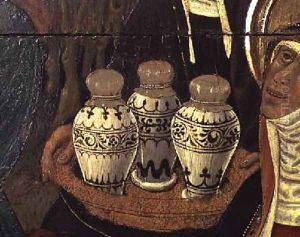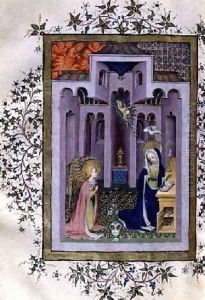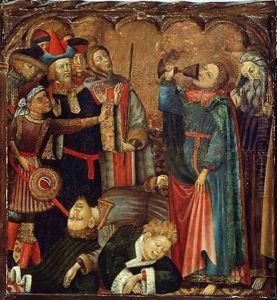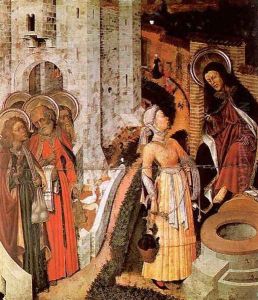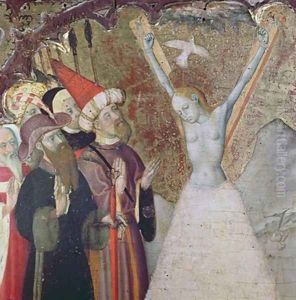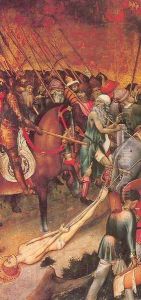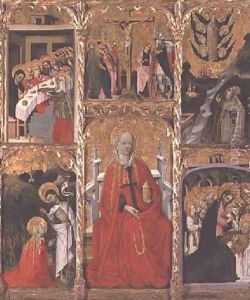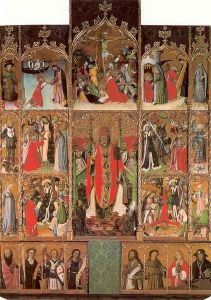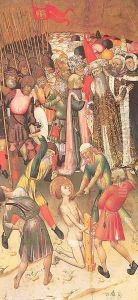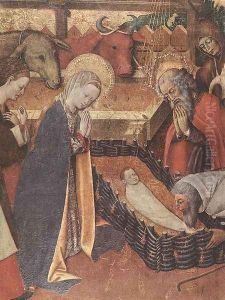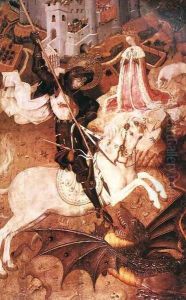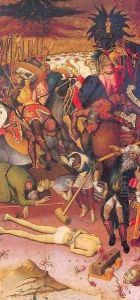Bernat (Bernardo) Martorell Paintings
Bernat Martorell, sometimes referred to as Bernardo Martorell, was a prominent Catalan painter in the first half of the 15th century, whose work is associated with the International Gothic style. Born around the year 1400, Martorell spent most of his life in Catalonia, a region that today is part of northeastern Spain. He is considered one of the leading lights of the Catalan school of painting during the late Middle Ages.
Martorell’s work is characterized by its detailed and expressive figures, as well as its rich, vibrant colors. He was particularly skilled in the use of tempera and gold leaf, which were typical mediums of the period. His religious compositions often featured elaborate backgrounds and showed a strong Italian influence, which was likely due to the cultural exchanges between Italy and Catalonia during this era.
One of his most notable works is the altarpiece for the church of Sant Pere de Púbol, which is now housed in the Museu Nacional d'Art de Catalunya in Barcelona. This piece, like much of his work, illustrates Martorell's ability to meld the narrative clarity found in late Gothic art with a growing attention to naturalistic detail that foreshadowed the coming Renaissance.
Despite his considerable influence on the Catalan painting scene, much of Bernat Martorell's life remains shrouded in mystery. Records of his career are scarce, and much of what is known about him comes from the analysis of his surviving works. He was active in Barcelona from at least 1427 until his death in 1452, and his workshop contributed to the diffusion of the International Gothic style in Catalonia.
Martorell's legacy is that of a transitional figure, bridging the gap between the medieval period and the Renaissance. His work reflects the tensions and innovations of his time, and he left a lasting imprint on the artistic landscape of Catalonia. His death in 1452 marked the end of an era for Catalan painting, but his influence would be felt for generations to come as the Renaissance style began to take hold in Spain.
